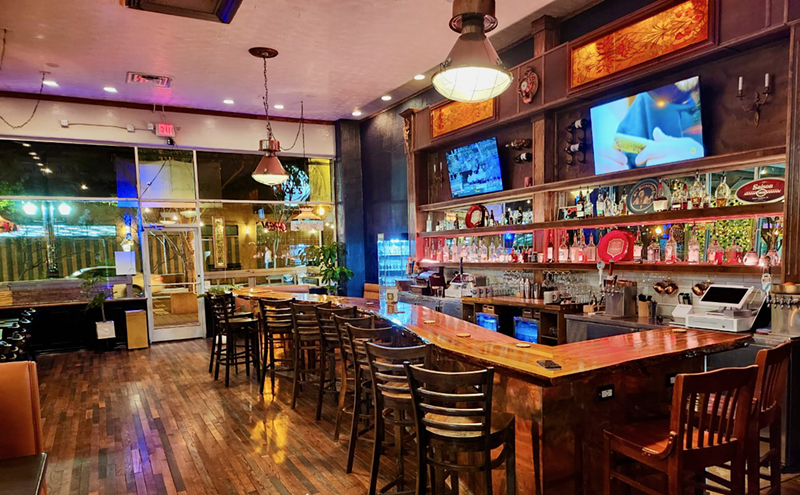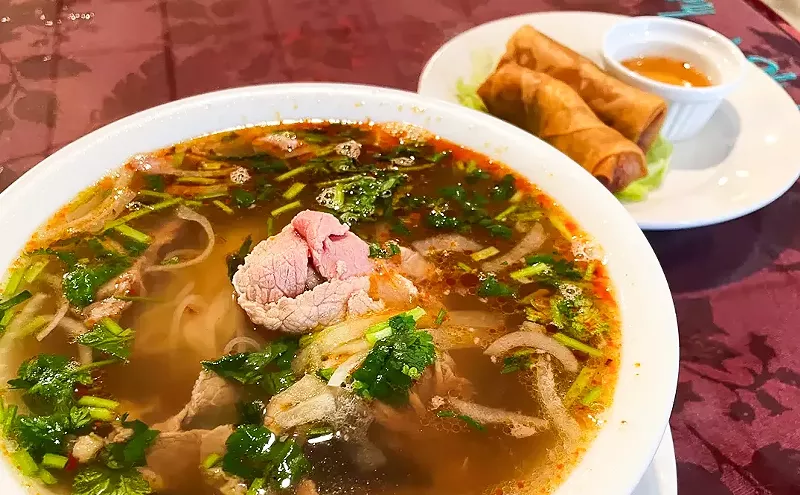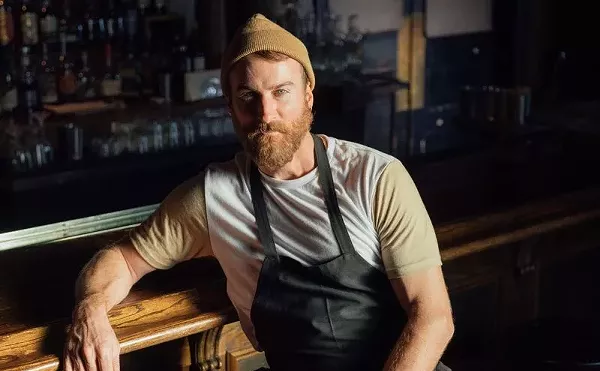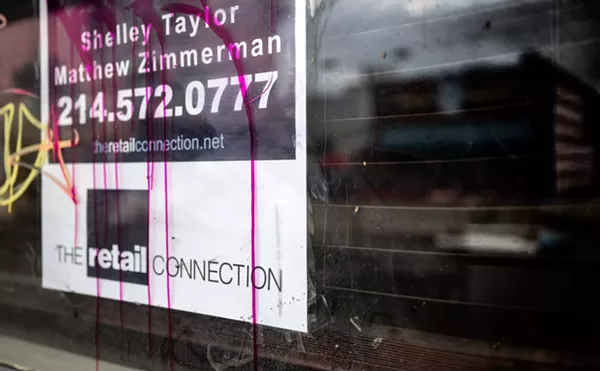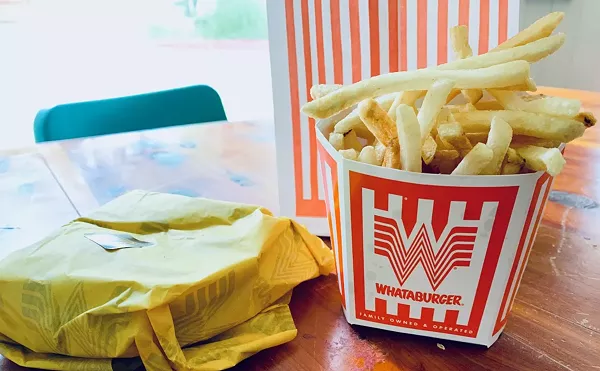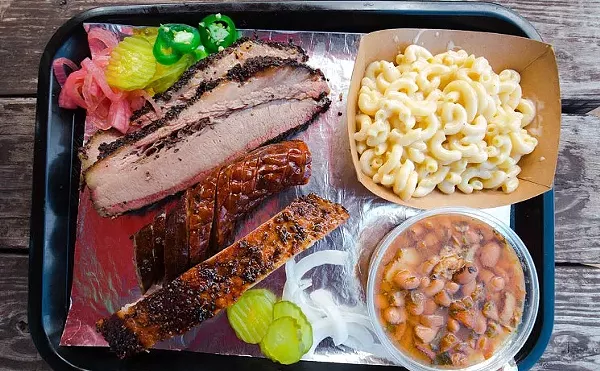There's a trend I've noticed Dallas dining establishments that I think is growing and am certain should come to a stop. If you're a frequent steak eater, you'll know what I'm talking about.
You order a rich, red California cabernet and a massive rib-eye steak -- not some tiny baby tenderloin; I'm talking a real Fred Flintstone cut, with the bone in and everything. You're sipping your wine and watching the people when a server slides a plate onto your table and asks: "Could you please cut your steak open, sir, so you can verify that it's cooked to your liking?"
There's only one answer to this question: No.
The first few times I heard the request I acquiesced. It caught me off guard, but I checked and the steak was cooked exactly as it was ordered, so I figured what the hell.
But an experience at Del Frisco's Grille was my breaking point. This time I cut my steak open and it was borderline. I always order steaks medium-rare, and this one was getting close to medium. Then the food runner pulled out his flashlight. He blinded the poor little steak while I tried to visually determine its doneness.
Now thoroughly entertained, and maybe a little annoyed, I impaled half the steak with my fork and held it up to the food runner's face and asked him: "How do you think it's done?" It was a show now, and the steak was the star.
I'm not a huge steak eater, so part of me wondered if this was just a new trend. Maybe restaurants all over the country had picked up the practice because they thought the steak-cutting request was the pinnacle of good service. But after emailing food writers across the country, none had even heard of the practice -- unless they'd dined in Texas.
Hanna Raskin, my predecessor and the food critic at our sister paper in Seattle, told me she'd never encountered the slicing-open command until she dined in Dallas. And Katharine Shilcutt, the critic at our paper down in Houston, guessed that maybe 30 percent of the restaurants in Houston engage in what I call steak bullying.
You don't really think this is about customer service do you?
My guess is it has something to do with restaurant's perceptions of the Dallas palate. We've all heard chefs complain about customers requesting their proteins over-cooked. I think these restaurants are turning that assumption into a preemptive behavior. With the flashlight blaring and your table mates watching, you've got to make a split-second decision if your steak has been cooked as you've ordered it. That's a lot of pressure, and under that pressure you're more likely to just say yes, sure, it's fine.
But here's the rub. While beef certainly displays visual cues that indicate doneness, you can't see medium rare, because it's not a color. It's a temperature (130 to 135 degrees, if you care.) Doneness should be tested when a steak is back in the kitchen with a thermometer, not table-side with a spotlight. I want my steak to rest easily on plate before I cut into it, end to end.
Instead of assuming steaks are cooked as a customer has requested, restaurants are putting the onus on the diner. Which, considering the price of steaks, is insulting.
So the next time your waiter tells you to cut open your steak to see if it's cooked to your liking, you should politely tell him you'd like to disassemble and eat your meal on your own terms.



